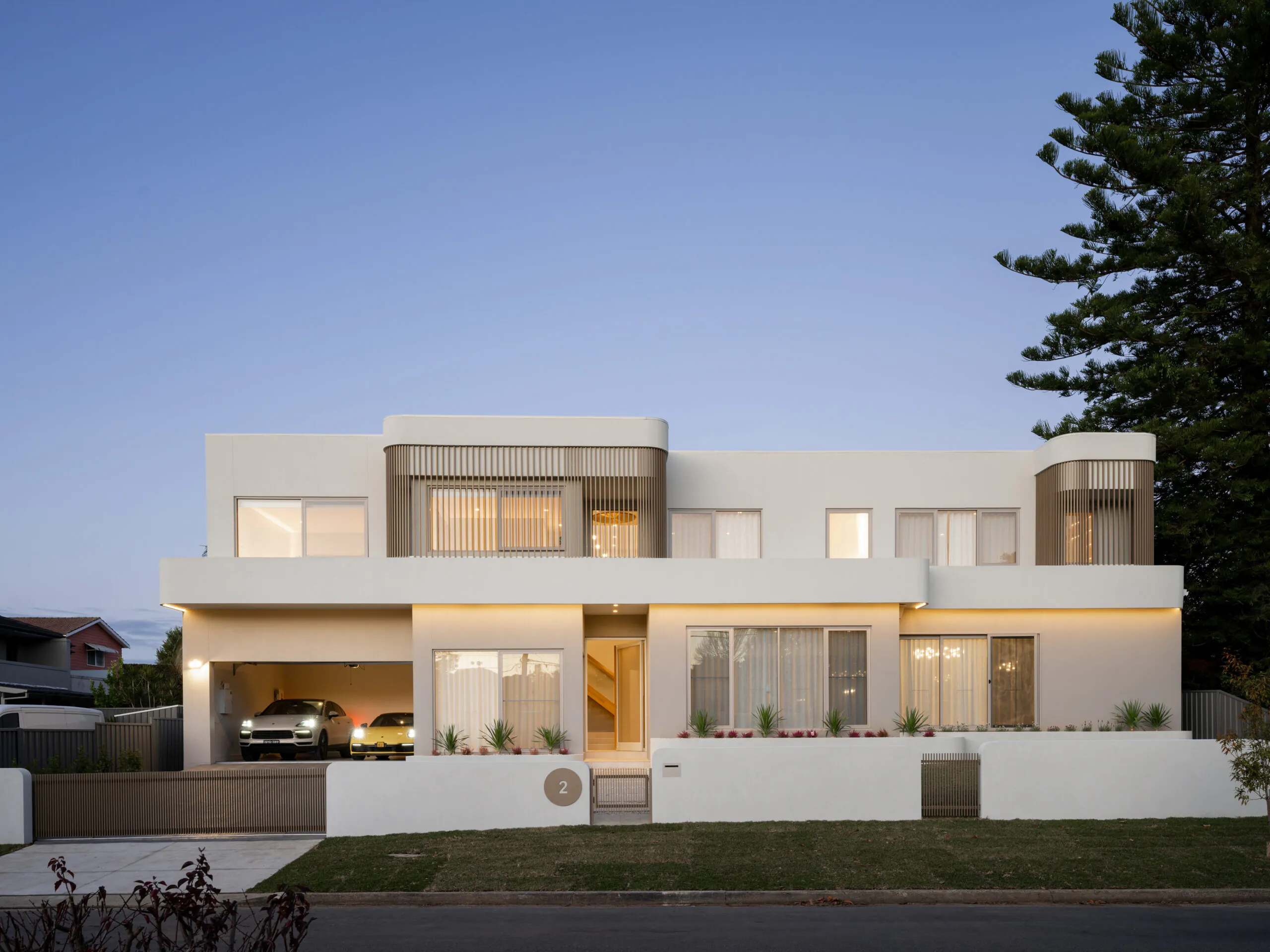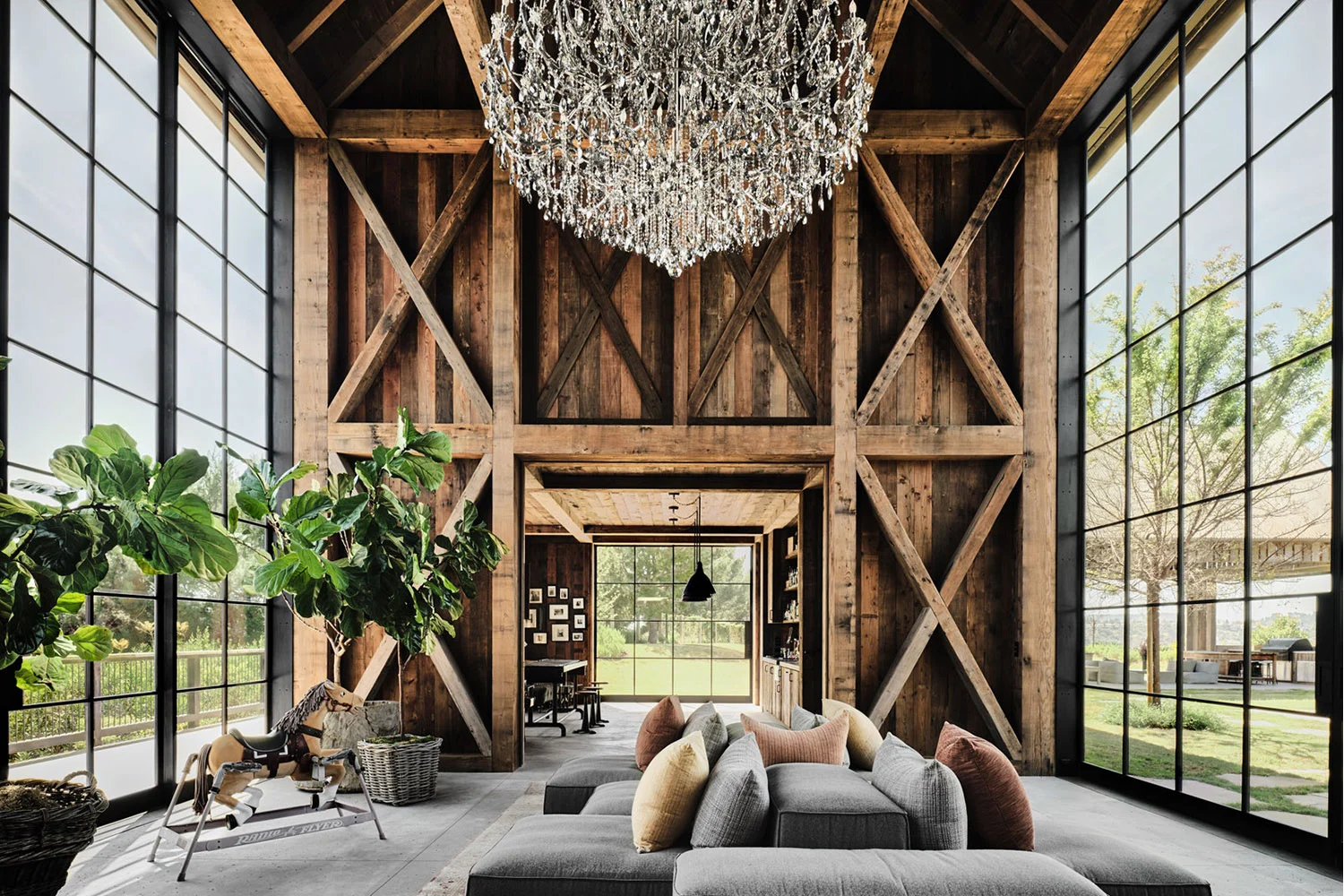Vancouver’s Social Housing Gamble: High-Rises for All, or Towers of Trouble?
Jul 31, 2025
High Stakes and Higher Towers
In 2025, Vancouver’s skyline isn’t just a spectacle of wealth—it’s becoming a battleground. Nearly one-third of the city is earmarked for high-density, social-housing high-rises, marking a dramatic shift from low-rise developments and scattered affordable housing strategies of the past.
Proponents argue it's a bold, necessary step toward housing justice in one of North America's least affordable cities. But critics—urban planners, health experts, and families themselves—warn that these towers may bring more problems than solutions.
As confusion and controversy swirl, Vancouver’s aggressive push toward social-housing towers raises critical questions: Who truly benefits from vertical living? Are high-rises suitable for families, the elderly, or the vulnerable? And can these towers become homes rather than holding tanks?
Vancouver’s Vertical Ambition – A Radical Shift
The city council’s recent announcement that 30% of Vancouver neighborhoods will soon accommodate high-rise social housing towers caught many residents off guard. This isn’t incremental zoning tinkering—it’s urban planning on steroids. The plan targets affluent Westside neighborhoods, working-class East Vancouver, and sprawling suburban enclaves alike.
The message from City Hall is clear: affordability requires radical density. Vancouver’s policymakers, weary of half-measures, are ready to build upward—fast and high.
Mayor Ken Sim framed the decision as essential:
“If we want affordable housing now, not decades from now, we must embrace height and density in all parts of our city.”
The philosophy behind this drastic rezoning initiative is simple: leverage valuable land by building vertically, maximizing limited city-owned parcels, and reducing sprawl.
Yet, this simplicity belies a deeper, thornier reality. As towers rise, so do anxieties.
The High-Rise Controversy – Why the Pushback?
Not everyone shares the mayor’s optimism. Vancouver urban planner Michael Geller captures the critique succinctly:
“We’ve tried towers before. They aren’t a magic bullet—they often create isolation, family stress, and long-term community problems.”
Indeed, Vancouver has experimented with social housing towers before, particularly in the 1970s and '80s. Many of these complexes, originally heralded as visionary, now stand as cautionary examples—deteriorating, stigmatized, and struggling with persistent social issues.
A landmark 2024 study from UBC’s School of Community and Regional Planning highlights troubling patterns:
Higher rates of isolation and mental health challenges among tower residents.
Families citing inadequate child-friendly spaces and diminished community engagement.
Increased dissatisfaction among long-term residents due to anonymity and lack of neighborliness.
This evidence begs the question: why would Vancouver embrace a model that historical data clearly indicates carries significant risks?
Families in the Sky – An Unresolved Challenge
At the heart of the controversy lies an unresolved tension: are high-rises suitable for raising children?
Across Europe, cities like Paris and Barcelona have deliberately turned away from tower living for families, prioritizing mid-rise, mixed-income neighborhoods. But Vancouver is pushing aggressively in the opposite direction.
Local advocate Sarah Nguyen, founder of the group “Families First Vancouver,” argues passionately:
“Our kids need space to run, outdoor areas to socialize safely, and a community network around them. Towers are exactly the opposite of what families need.”
The concerns are echoed by health experts and psychologists, who cite studies linking high-rise living to reduced outdoor play, decreased physical activity, and increased social isolation for young children.
Yet city planners counter that smart design—communal gardens, playgrounds, and integrated community amenities—can mitigate many of these issues. Skeptics remain unconvinced.
Density vs. Dignity – The Social-Housing Dilemma
Advocates argue the tower strategy isn't a choice but a necessity. In a city whose housing market is dominated by million-dollar condos and investor-held empty homes, vertical social housing may indeed represent a practical path forward.
But critics see a darker implication: Are lower-income families being forced into tower living precisely because wealthier neighborhoods won’t accept more gentle density? Is Vancouver imposing a solution on its poorest residents that its richest would never tolerate?
Indeed, opposition from affluent neighborhoods to even modest density increases has been fierce. The result: a polarized city, with towers as the compromise nobody fully endorses—but everyone must accept.
International Lessons – Successes and Failures Elsewhere
Vancouver isn’t the first city to grapple with vertical affordable housing. London, New York, and Toronto have long histories of social housing high-rises, providing both inspiring successes and grim warnings.
In Singapore, social-housing high-rises form cohesive, thriving communities—built around shared spaces, integrated amenities, and well-funded maintenance programs. Yet, the U.K.’s infamous tower blocks have often become isolated, under-maintained, and stigmatized.
The difference? Long-term investment, careful maintenance, community support, and thoughtful tenant mix. Vancouver must decide which path it will follow.
Residents Speak – Voices from the Towers
Behind the city’s policy battles are the human voices of those who live—or might soon live—in these towers. Many current social-housing high-rise residents appreciate the affordability but echo widespread concerns about maintenance, isolation, and inadequate community facilities.
Anna, a single mother living in a downtown social-housing tower built in 2021, reflects on her experience candidly:
“The rent is affordable, but we feel invisible. Nobody knows their neighbors here. I never expected to raise my kids in such isolation.”
Stories like Anna’s aren’t isolated anecdotes. They represent a fundamental challenge for Vancouver’s ambitious housing experiment: building homes, not just houses.
The Economic Reality – Who Pays for These Towers?
Another key controversy involves financing. High-rise construction isn’t cheap. Infrastructure requirements, elevator maintenance, fire safety, and ongoing security mean these towers are significantly costlier per unit than mid-rise or low-rise alternatives.
City council promises funding through provincial partnerships, federal grants, and developer levies. But in an environment where even basic services face budget constraints, critics argue this is wishful thinking at best, reckless financial planning at worst.
Moreover, if maintenance and funding dwindle over time, the city risks repeating mistakes of past decades, turning gleaming new towers into tomorrow’s derelict properties.
Political Motivations – A Density Driven Agenda?
Many observers suspect political motivations driving Vancouver’s high-rise push. Towers offer politicians a visible, tangible achievement—evidence of decisive action on housing affordability.
Urbanist Andy Yan of SFU suggests the push is partly optics-driven:
“Politicians love high-rises because you can point to them and say, ‘Look, we did something.’ But the real question is whether these towers actually create vibrant, stable neighborhoods.”
Indeed, some planners privately admit that the drive toward towers is partly driven by political impatience rather than evidence-based urban policy.
The Neighborhood Resistance – “Not in My Backyard”
Neighborhood opposition is also fierce. Community meetings across Vancouver have erupted into heated debates. Westside neighborhoods decry towers as incompatible with local character. East Vancouver residents worry about gentrification impacts.
Some resistance is undeniably rooted in self-interest and fear of change, but much is sincere concern about livability, infrastructure pressure, and community cohesion. City council now faces the near-impossible task of balancing legitimate resident concerns against the pressing need for affordable housing.
A City at a Crossroads – What Comes Next?
Vancouver’s gamble on social housing high-rises marks a turning point. Will these towers become vibrant, livable communities, or isolated silos of poverty and alienation?
Success depends on sustained investment, thoughtful design, genuine community engagement, and a realistic assessment of family needs. Failure means repeating past mistakes, locking vulnerable residents into vertical ghettos, and deepening Vancouver’s housing crisis.
With thousands of lives hanging in the balance, Vancouver’s leaders must decide if their bold vision can truly rise above previous pitfalls—or if the city is merely building higher toward another costly failure.
























